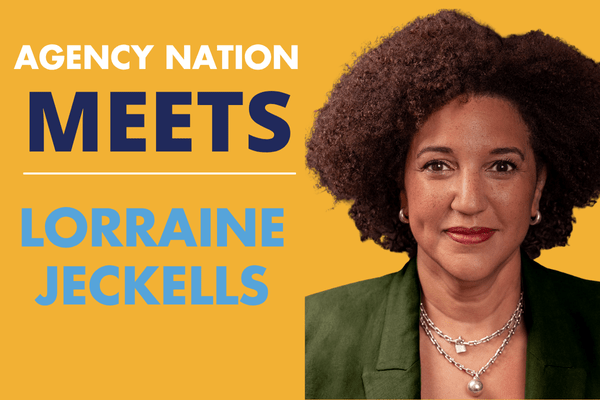4 Tips for Creating Content for Your Agency’s Blog

By: Dshanya Reese
Online marketing is about creating relationships. It is used to not only establish yourself as an authority in your area of expertise but also to give your brand identity a substantial online presence. One of the primary ways of doing this is to continually add fresh, useful, and informative articles to your blog.
Creating content for your agency’s blog consistently and regularly gives existing and potential customers a reason to return to your website. It helps nurture their trust and respect for you as an authority.
It also feeds the life of search engines. One way search engines determine where your agency should appear on the results pages is by establishing how much of an authority you are on the topic for which someone is searching. Search engines determine your website’s placement on the results pages by looking at the quantity and quality of your pages. How frequently is the site updated? How many authoritative websites your site links to, and how many links to you?
The more content you add to your blog, the more likely you are to convert potential customers and perform well in search engine rankings. And it cannot just be any content. It needs to be useful and unique. You don’t want your content to look generic. You don’t want content that appears on other websites. You want to stand out and be seen as an authority.
But how? Consistent content creation can be daunting, especially if you don’t consider this to be one of your skills. It can also be time-consuming, and you may wonder how you are going to fit it into your already busy schedule. You may also worry about how you’re going to come up with new ideas to write about regularly.
Don’t let these concerns stop you. Here are four ways to effectively create the content necessary to design a powerful online presence.
1) Make time. You need to schedule a time to create content, publish it, market it and evaluate it. Just as you set aside time to do paperwork or update client records, it is best to set aside a few hours a week for content creation.
Generally, you should assign three or four hours once a week—30 minutes twice a day—to do this. It is best to create your content once in the morning and then again in the afternoon or evening. During this time, you can share your content on social media platforms and interact with those who engage with it.
2) Start with the basics. Take a look at some of the necessary information about your business that should be in your business plan. Who are you? What service are you providing? Where are you based and which areas do you service? How long have you been in business? What is your mission and vision? What is your unique selling point?
Simply answering these questions will generate at least half a dozen articles. The amazing thing about these articles is that they are what’s referred to as “evergreen” posts that are always relevant.
3) Focus on your clients. Who do you think your customers are? What are their interests? Where do they work, and where do they live? What social media channels do they use? Do they know about you? Are they acquainted with what you offer? What kind of content do they react to or like?
Take time to write detailed persona profiles for three typical customers. A persona profile is essentially the profile of an average customer at various stages of the buying process.
Once you have described these customers, create a list of questions that they would ask at each of the three steps in the buying process. If you take the time to do this properly, you will have more than enough ideas for creating content than you would imagine. Each of the answers to those questions is the topic for your blog.
4) Use different types of content. Most of the ideas you will have for blog posts can be used to make more than one post by presenting the information in a different format. Here is just a sample of the content types you can use:
|
|
These methods for generating content ideas should give you more than enough material to keep you going for a very long time. If you find you’re still stuck for ideas, then you can always use some of the content-generating tools available online.
Now that you have your content, it is vital to drive traffic to it by sharing on social media sites and interacting with people when they comment. And make sure you use some of the time you’ve set aside to evaluate the content you are creating. Using Google Analytics as well as the insights that social media platforms provide will help you see what is working and what isn’t.
Dshanya Reese is brand marketing manager at Watkins Insurance Group in Austin, Texas. This article was originally posted on Agency Nation.










